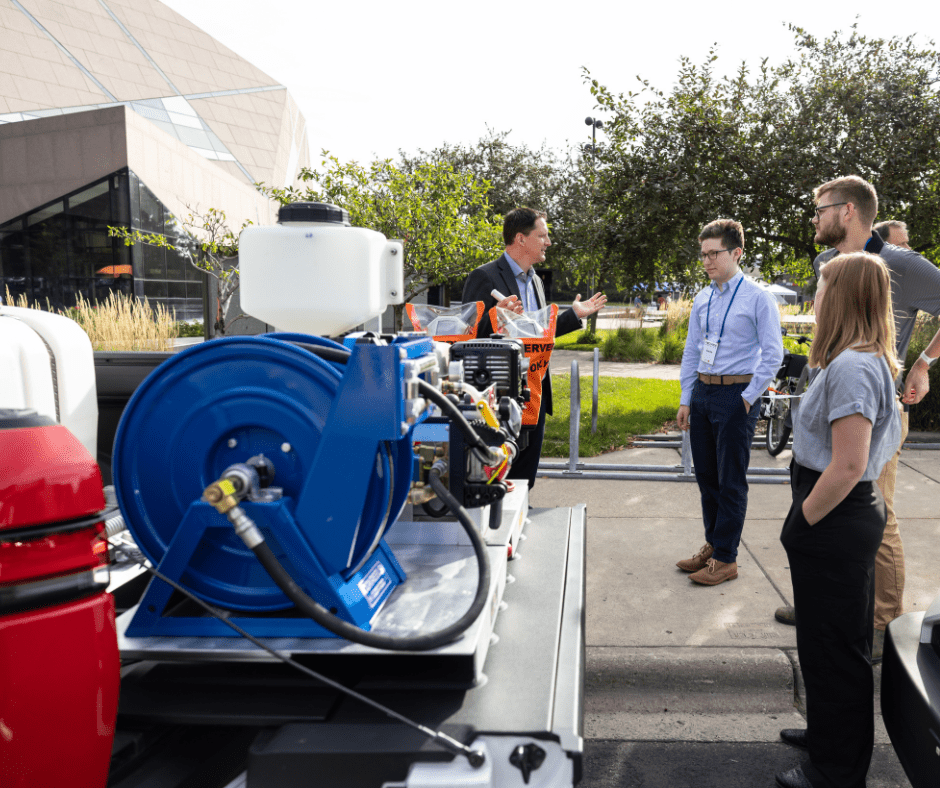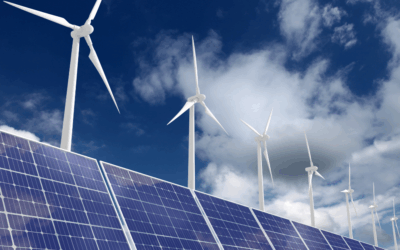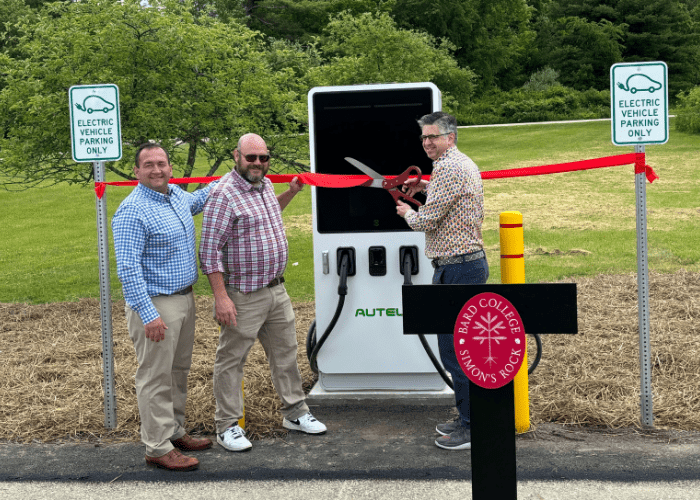The energy transition is only as strong as the communities behind it.
For all of us, 2026 marks a turning point: customers are no longer passive recipients of information, they’re active participants shaping the programs that define their energy future.
From equitable electrification to grid resilience, outreach now sits at the heart of every goal. The question is no longer how to reach people, but how to build relationships that turn awareness into action. Here’s what we’re watching in 2026 and how outreach is evolving to meet the moment:
Treat customers as collaborators.
Outreach is no longer a one-way message about rates or rebates. It’s a shared conversation about local priorities, values, and benefits.
Inviting community organizations, schools, and small businesses into the planning process early and often helps ensure that programs reflect the community’s real needs. Local “ambassador” initiatives can empower trusted voices to champion energy goals in their own neighborhoods. And when community insight pairs with technical expertise, the grid begins to feel personal.
When residents see themselves reflected in your outreach, trust follows, and participation grows.
Treat outreach like a one-on-one conversation.
For organizations like utilities and CCAs, data is only powerful when it’s used with empathy.
The most effective outreach strategies use segmentation not just to market, but to solve problems: identifying renters who need EV charging access, or income-eligible customers who could benefit from electrification rebates. Messages should reflect the lived experiences of diverse groups (e.g., homeowners, fleet managers, small business owners) and clearly demonstrate how participation enhances their day-to-day lives.
Transparency matters, too. Customers reward organizations that prioritize privacy and purpose. Personalized outreach builds confidence when it’s grounded in fairness and trust.
Treat metrics as measures of trust.
As electrification accelerates, communities are asking deeper questions: How will new technologies affect my costs, comfort, and choices?
Outreach rooted in honesty and two-way communication will define the leaders of 2026. That means sharing plain-language updates on program progress, hosting quarterly “energy open houses” or community forums, and tracking not just attendance and engagement, but sentiment.
The more transparent you are about the process, the more durable the trust becomes.
Treat human-led connection as a priority, even in an AI-driven world.
Automation has transformed outreach, but technology alone can’t build loyalty.
AI tools can improve responsiveness and free up time for team members to focus on what matters most: relationships. Predictive analytics can help identify participation gaps or underserved groups. But in key moments (phone calls, community events, follow-up emails), the human element still makes the difference.
AI should amplify your team’s capacity, not replace its empathy.
Treat consistency as non-negotiable, and diversity as essential.
Your audience isn’t in one place, and neither should your message be.
Effective outreach in 2026 combines digital and physical, local and regional efforts, all while maintaining a unified brand voice across every platform. This means integrating traditional methods, such as mailers and bill inserts, with interactive channels like social media, text alerts, and webinars. And what about this – what if we pick up the phone, walk the streets, or attend a community gathering ourselves?
It also means making materials accessible and inclusive, such as translating, captioning, and ensuring they are mobile-friendly. Consistency builds familiarity. Familiarity builds trust.
Treat innovation like a story worth telling.
Electrification. Resilience. Demand flexibility. These terms can feel abstract, but storytelling makes them tangible.
The most impactful outreach connects innovation to daily life: local hospitals and firehouses become grid resiliency hubs, a small business installs chargers, a family saves with a new heat pump, and a local driver powers their commute from home. These stories, backed by real data on jobs created or community benefits delivered, transform “energy programs” into something people can see and believe in.
Stories don’t just explain progress. They inspire participation.
Treat equity as an ongoing practice, not a talking point.
In 2026, energy equity is no longer a side project; it has become an operating principle.
The communities most affected by energy costs and climate challenges deserve meaningful access to programs and benefits that address their specific needs. Designing outreach with equity metrics from the start (who’s reached, who’s not, and why) creates accountability. Partnering with trusted local organizations builds credibility. And building bilingual or bicultural outreach teams who ensure representation matches reality.
Equity isn’t just the right thing to do. It’s the foundation of program success.
Treat local partnerships as the new power grid.
The strongest energy ecosystems are built on collaboration.
Across the country, CCAs, utilities, municipalities, and nonprofits are aligning their outreach to create consistent, unified messages around electrification, resilience, and affordability. Shared data and best practices reduce duplication and confusion. Co-branded events with local governments or school districts amplify trust and reach. And public celebration of community wins reinforces shared purpose.
The grid isn’t the only thing that’s interconnected. Your communications should be, too.
For all of us, outreach has evolved from “public information” into “public invitation.”
The challenge and opportunity of 2026 is to connect innovation with inclusion. To build communication systems as resilient as the energy systems they represent: powered by data, grounded in trust, and designed for people.
At REACH, we help partners bridge the gap between technology and human understanding. Because at the end of the day, the most powerful form of energy is connection.







